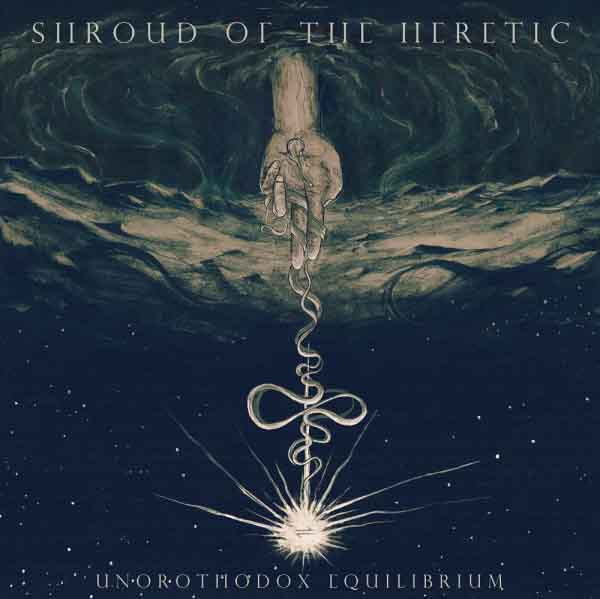Skillfully bringing together doom/death, modern atmospheric and war metal styles, Unorthodox Equilibrium is more than a fitting name for describing the musical approach used in this album. Bands playing in any of the aforementioned styles have typically fallen prey to different misconceptions. Some have failed by attempting to adopt an orthodox position simplified to the precept that genre cliches guide songwriting and that the result will be good if it “feels good”. Others have taken a route that attempts to bring more original ideas into the mix but whose ultimate goal is still that each section gives them a certain feeling, an “atmospheric/ambient” effect. We can summarize the cause of these blunders by saying that their approach has been too pleasure-oriented.
In Unorthodox Equilibrium we can hear familiar voices bearing the mark of Worship in Last Tape Before Doomsday, Disembowelment (I refuse to follow ridiculous indications as to what letters should be written in uppercase format) in Transcendence into the Peripheral and Esoteric in Paragon of Dissonance. Unlike them, though, Shroud of the Heretic only slightly avoids falling into complacency with the immediate effect of their arrangements and instead channels these as methods used measuredly. The band manages to promote a sense of movement in each section while maintaining atmosphere without depending on stagnating in the harmony within one section or getting anchored to one kind of texture or intensity level for too long. This makes the album an incredibly varied experience within the non-restrictive but focused confines of a florid and eloquently coherent language.
Independently of whether this was a conscious decision or not, the heterodox and non-monolithic composition route taken by Shroud of the Heretic avoids this atmospheric metal trap and represents an excellent indicator of an artistically healthy direction for this subgenre of metal.
No CommentsTags: 2015, Black Metal, death metal, Disembowelment, Doom Metal, Esoteric, Last Tape Before Doomsday, Paragon of Dissonance, Shroud of the Heretic, Transcendence into the Peripheral, Unorthodox Equilibrium, War Metal, Worship



